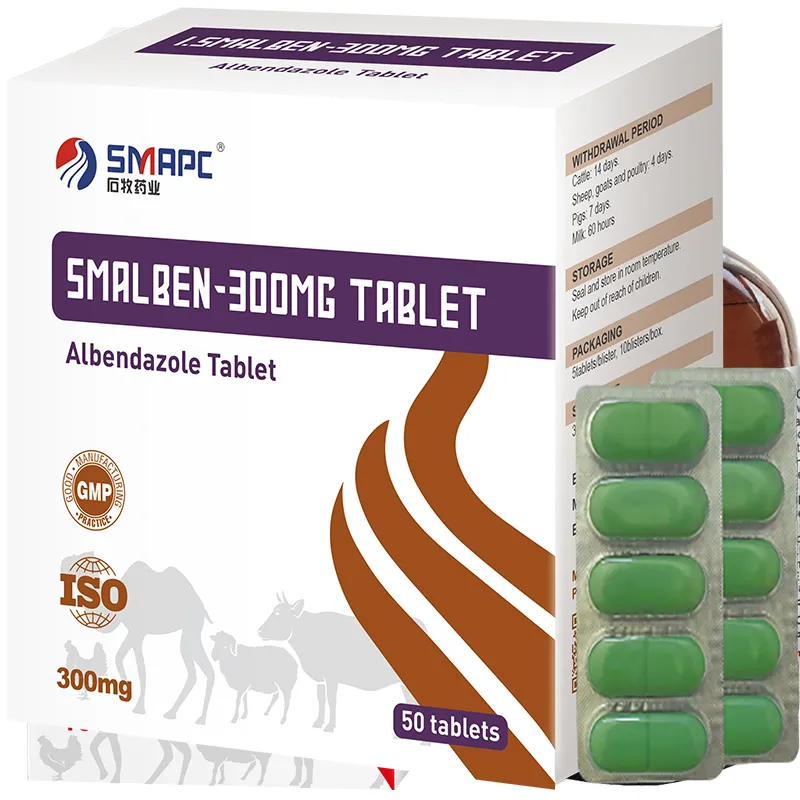By incorporating a reptile multivitamin into their diet, keepers can help to bridge any nutritional gaps and support their pet’s overall health.






